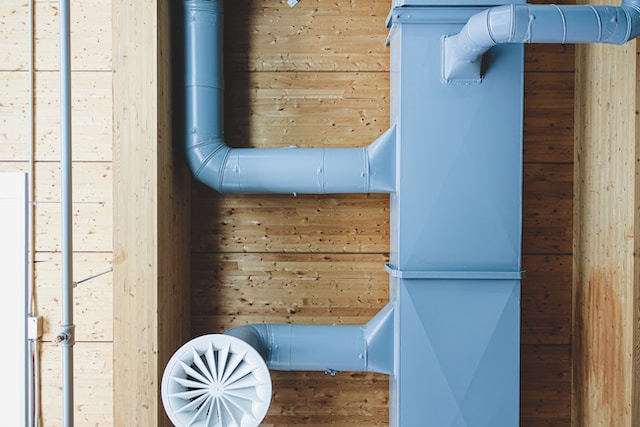If you’re thinking about heating your home with oil, there are some things you should know. Despite some myths, heating oil is a safe and efficient option for heating homes in cold weather.
Oil systems can warm your home in one of three ways – radiators, vents, or baseboards. The system operates when your thermostat temperature drops to a certain level.
Types of Oil
When you depend on high-quality heating oil for your home or company, you must understand how it works to choose the appropriate one for your cause. You will need a service that provides timely, hassle-free delivery at reasonable costs, like the ones offering discount heating oil Avenel NJ. Each type of oil serves a different purpose and affects how home heating oil works.
The most common types of oil are kerosene and gas oil. These oils are made from crude oil that undergoes a distillation process to extract its byproducts.
Aside from these two, there are also a variety of fuel oils. These are created at different stages of the refinement process and may include additives to enhance their specific function.
Most fuel oil has a high BTU rating and can produce heat in furnaces and boilers. It is available in various ratios and is known as a kerosene mix or home heating oil blend.
Diesel fuel is another common type of home heating oil. It is tax-free because it is used in boilers and furnaces instead of cars. It has the same red-dyed look as untaxed diesel fuel and can be mixed with #1 fuel oil to reduce viscosity and improve furnace efficiency.
Combustion Chamber
A furnace’s combustion chamber is where your home’s heating oil mixes with air and transforms into heat. It is a crucial part of your furnace and needs regular maintenance to ensure your heating system operates efficiently and safely.
A combustion chamber design focuses on efficiently utilizing fuel and air to ensure proper combustion. It is achieved by providing that fuel-air mixtures are completely burned before exhausting them into the atmosphere.
It is done by managing the airflow through the burner, fuel injectors and spark plugs. The airflow must not cause turbulence, which can lead to energy loss.
A combustion chamber should have good thermal resistance and excellent mechanical fatigue properties. These properties are essential to avoid cracks forming due to the high thermal gradients and vibration-induced cyclic loading, which may occur during engine operation.
Water Pipes
Water pipes in homes and commercial buildings are designed to deliver clean, pressurized water to various building areas. They typically include a primary feed and smaller pipe runs that bring water to individual consumer points like faucets and toilets.
Modern water distribution networks use rigid copper piping or a variety of PVC varieties that have been manufactured to resist corrosion. The piping is often soldered at the ends, making joining pipe lengths easy and reducing the connections required.
PEX (cross-linked polyethylene) is another popular plastic plumbing solution that’s easy to install and doesn’t leach traces of rust into the water. It’s also relatively flexible, allowing it to stretch long distances without requiring additional fittings.
ABS piping, or acrylonitrile butadiene styrene, is another common type of plastic piping. It’s similar to PVC in appearance but can be more durable and resistant to cold temperatures. However, its lifespan can be limited by exposure to the ultraviolet rays of sunlight.
Heat Exchangers
A heat exchanger, a part of the heating system, helps with ventilation by transferring thermal energy from your furnace into your home’s heating ducts. It also helps to keep your furnace operating correctly and in tip-top condition, which is why it’s essential that you have your heat exchanger regularly maintained.
Heat exchangers come in various shapes and sizes, depending on their purpose and the amount of energy they are designed to transfer. Copper, aluminum, or steel are just a few materials that may be used to create them. The key to a heat exchanger’s performance is its design and construction. Specifically, it needs to be appropriately sized for your home to handle the fluctuating airflow required by your furnace.





